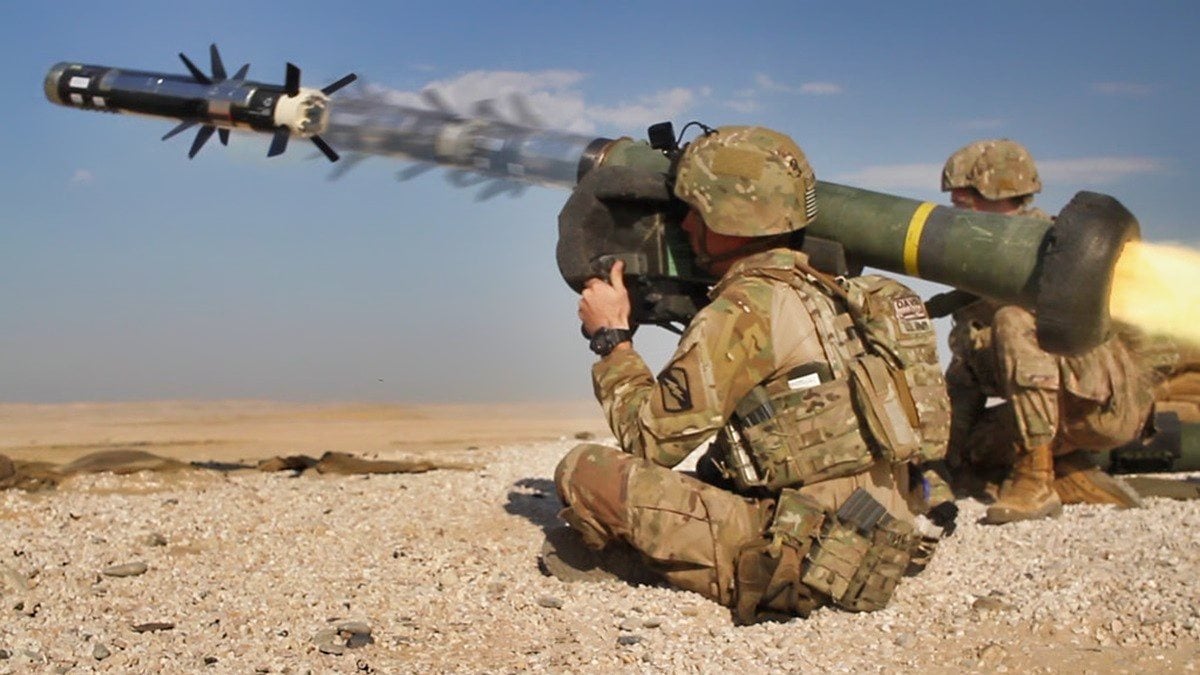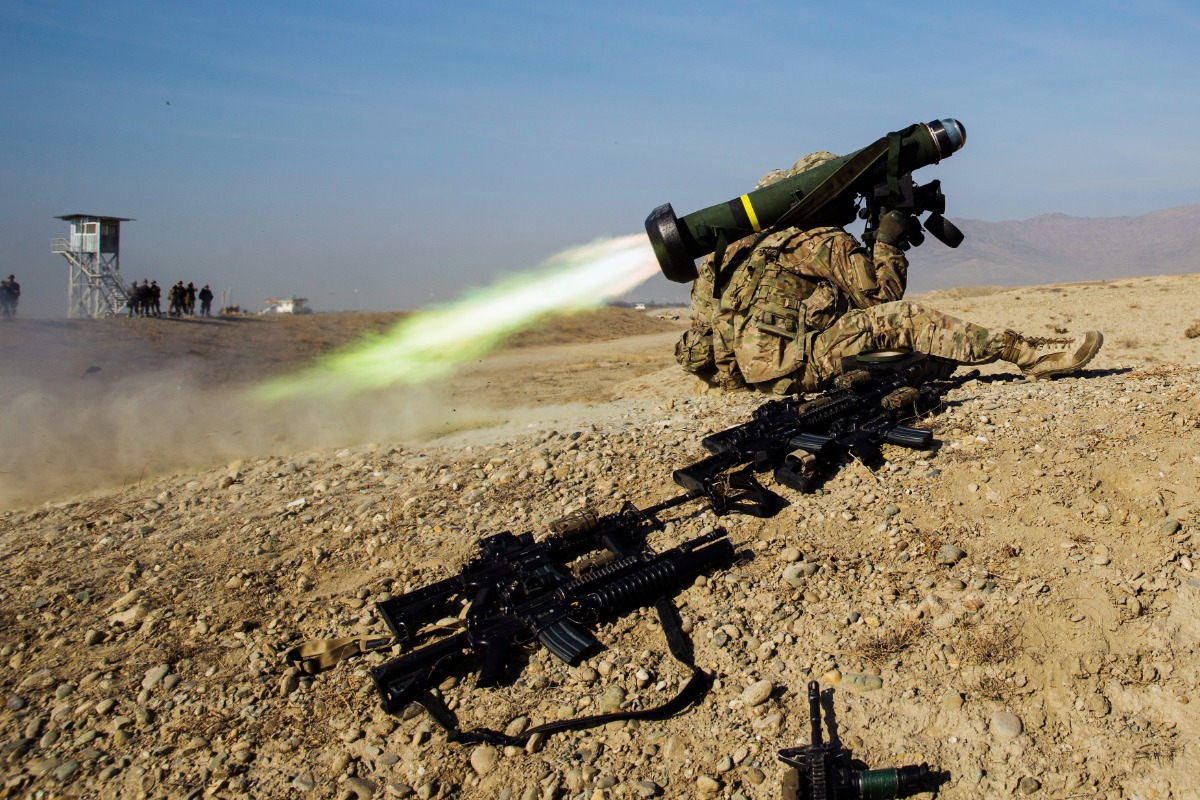Dragon M47: Fire-Breathing Tank-Killer Missile (250,000 Built in Total)
The M47 Dragon, an anti-tank guided missile (ATGM), entered U.S. Army and Marine Corps service in 1975, after its prototype phase in 1966 and naming in 1967.
Summary: The M47 Dragon, an anti-tank guided missile (ATGM), entered U.S. Army and Marine Corps service in 1975, after its prototype phase in 1966 and naming in 1967.
-It featured a 14.5 kg launcher, with a range of up to 1,500 meters, and a high-explosive anti-tank round capable of penetrating 460 mm of armor.
-The Dragon was notable for its portability and ease of use but had significant drawbacks, including low hit probability and reliability issues.
-Despite these flaws, it saw action in several conflicts.
-The Dragon was retired in 2009, replaced by the FGM-148 Javelin, and is still used by some foreign militaries.

In most medieval tales, the dragon is depicted as an evil beast, deserving of being slain. John Boorman’s 1981 film “Excalibur” is a refreshing and noteworthy exception, delivering a nuanced depiction of the dragon as being all-encompassing of good and evil.
In a real-world military context, the notion of the reptilian beast as a butt-kicking warrior on the side of the good guys was recognized when its name was bestowed on the M47 Dragon anti-tank guided missile (ATGM).
M47 Dragon Early History & Specifications
The M47 Dragon wire-guided ATGM entered into the prototype phase – courtesy of McDonnell-Douglas – in 1966, seven years after the U.S. Army first announced its requirement for an infantry antitank missile. The catchy name was applied in 1967, and it officially entered into Army and U.S. Marine Corps service in 1975. Foreign customers included Israel, Jordan, Taiwan, and pre-Revolutionary Iran.
Specifications for the M47 launcher included a weight of 14.5 kilograms (32.1 pounds) with the day sight or 21,29 kg (46.9 lbs.) with the night sight, a length of 1,154 millimeters (45.4 inches), and a diameter of 140 mm (5.51 inches). The effective firing range was 65 to 1,000 meters, with a max firing range of 1,500 meters. As for the ordnance – a high explosive antitank (HEAT) round, it was 856 mm in length, with a total weight of 10.7 kg and a warhead weight of 2.5 kg, and an armor penetration capability of 460 mm.
On the plus side, according to Miguel Miranda of Military-Today.Com, the Dragon “marked a historic breakthrough in missile technology. Never before in modern warfare did a single infantryman have enough firepower to personally engage enemy tanks and armored vehicles at intermediate ranges.

“Unlike other systems, it didn’t require assembly before use. The soldier only removed its shock absorbers, attached the guidance unit, sat on the ground, and fired. Also it was the lightest system among contemporary anti-tank guided missiles. In the hands of either Marines or Rangers the M47 allowed them to hold territory against all comers and even launch ambushes … The advantage of the M47 over its peers in Western Europe was its portable design and a large HEAT warhead.”
On the negative side, however, Senor Miranda notes that the weapon’s disadvantages include “reduced it to a mediocrity when compared to its peers from either side of the Iron Curtain. Most glaring was the US Army’s own research on M47 firings that discovered its operators only had a 20% hit probability due to the system’s limitations.”
Moreover, bodies of saltwater could affect the missile’s circuits and diminish its range, which is mind-numbing in light of the fact that the M47 was used by Marines! To make matters worse, the Dragon’s armed launch tube and attachable/detachable day tracker or guidance unit was cumbersome and difficult to aim. Worst of all, the weapon had a reputation for unreliability.
In spite of these flaws, the Dragon saw use in at least a half-dozen armed conflicts, including Operation Urgent Fury and Operation Desert Storm.
Dolorous Departure of the Dragon
The U.S. Army destroyed its last batch of M47 Dragon missiles at the Anniston Defense Munitions Center in Alabama on September 8, 2009, signaling the end of an era after 34 years of faithful service. Both the Army and the Marine Corps replaced the Dragon with the FGM-148 Javelin – which is currently making life a living hell for Russian tank crews in Ukraine – whilst the armies of the Netherlands and Spain chose the Israeli-made Spike missile as the replacement.
Where Are They Now?
An estimated 250,000 M47 Dragon launchers were built over a period of 20 years. However, try as I have, my research has been unable to uncover any military museums that currently have an M47 Dragon on display.
Meanwhile, the weapon is reportedly still in service with the armed forces of Morocco, Saudi Arabia, and Thailand.
About the Author: Christian D. Orr
Christian D. Orr is a former Air Force Security Forces officer, Federal law enforcement officer, and private military contractor (with assignments worked in Iraq, the United Arab Emirates, Kosovo, Japan, Germany, and the Pentagon). Chris holds a B.A. in International Relations from the University of Southern California (USC) and an M.A. in Intelligence Studies (concentration in Terrorism Studies) from American Military University (AMU). He has also been published in The Daily Torch and The Journal of Intelligence and Cyber Security. Last but not least, he is a Companion of the Order of the Naval Order of the United States (NOUS). In his spare time, he enjoys shooting, dining out, cigars, Irish and British pubs, travel, USC Trojans college football, and Washington DC professional sports.


